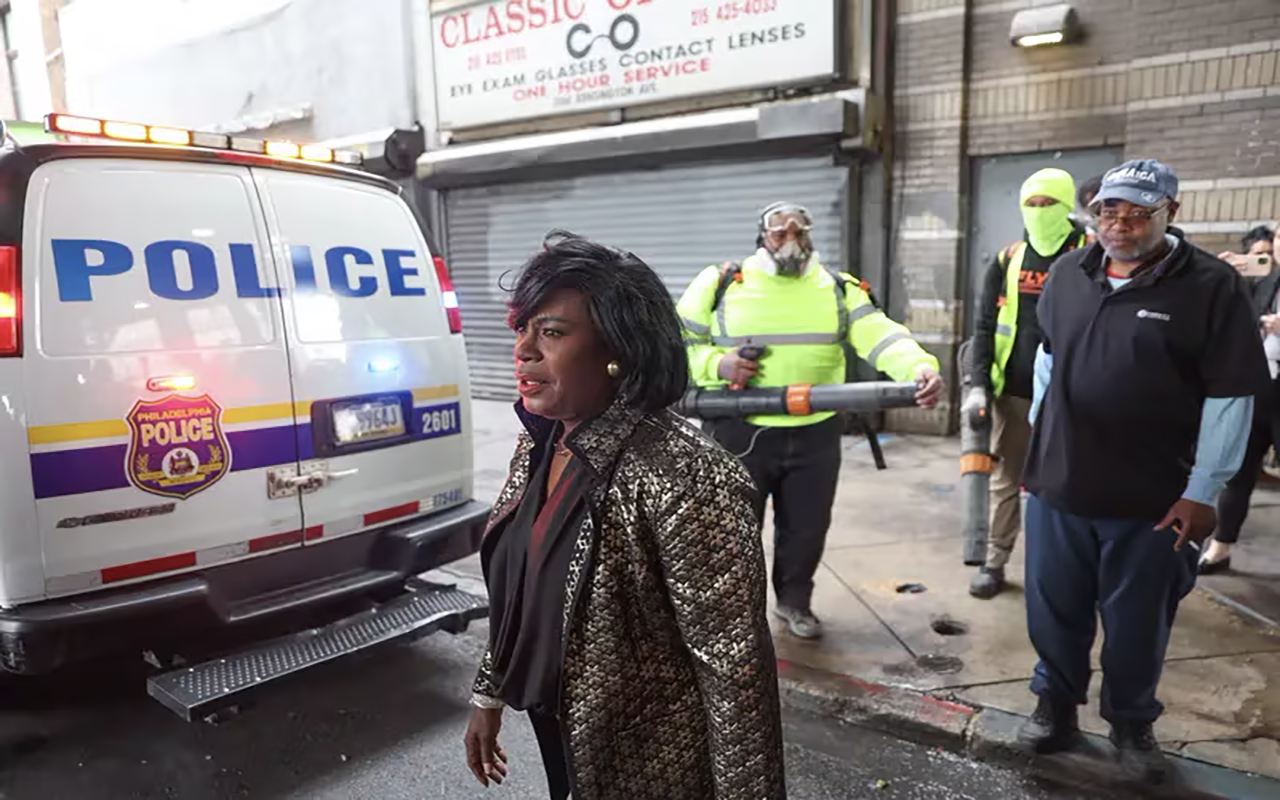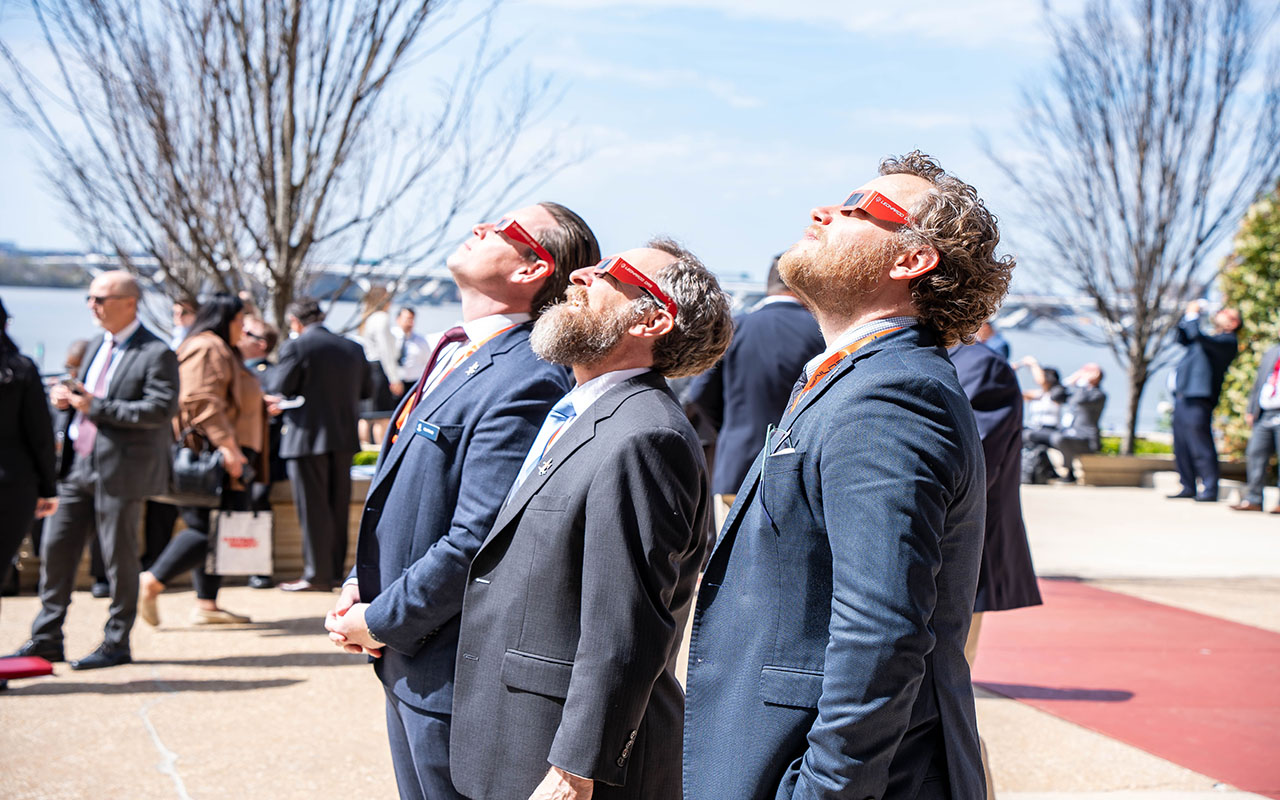
Philly's sidewalks face a court battle
It’s shed a light on the question of accessibility across one of America’s oldest cities.
This week, with the support of three advocacy groups, four individuals with disabilities filed a lawsuit against Philadelphia alleging its violation of the Americans with Disabilities Act (ADA) and a 1977 law that requires all streets be accessible.
The lawsuit outlines multiple instances where the plaintiffs, both wheelchair-bound and visually impaired, were either injured attempting to traverse Philly’s sidewalks or required to take another route to their destinations because of unforeseen barriers.
It specifically cites dilapidated curb ramps and the lack of enforcement for cars parked on the sidewalk as some of the main obstacles facing the 186,000 disabled Philadelphia residents that the suit is said to represent.
“Philadelphia’s failure to create and maintain accessible paths of travel has made it difficult — and at times impossible — for me to go to work, school, and church, and has prevented me from being able to fully experience life in Philadelphia with my family,” plaintiff Liam Dougherty said in a statement that first appeared in The Inquirer.
The suit does not ask for any monetary compensation, just that Philadelphia comply with the federal law and fix its sidewalks.
It took until 1990 for federal legislation to pass defending the U.S.’s disabled population. Much like the Civil Rights Act passed 26 years earlier banned discrimination based on race, color, religion or nationality, the ADA banned discrimination based on disability.
In regards to public entities and accommodations, which appear in Title II and III of the bill, all buildings run by public entities — school district, municipal, county, state and federal buildings — all public transportation authorities, and public commercial centers must be accessible.
The act led to a wave of changes across the country. For many newer cities with less old architecture and planning, the adjustment was easier. For example, Denver, Colorado, has arguably the most accessible public transport systems in the country.
Denver — despite being called “The Mile-High City” — also benefits from a relatively flat terrain for its walkways. But even then, hilly cities like Seattle and San Francisco have made significant strides to better their infrastructure for the disabled populations and are often considered more accessible than many of the country’s older cities.
RELATED CONTENT
That’s not to say the country’s older cities haven’t adjusted. Washington D.C., for example, has been praised in the past for the accessibility changes made to many of its U.S. monuments and for widening its sidewalks.
However, the nation’s capital, like Philadelphia, still struggles at times with accessibility to certain public accommodations.
In a Washington Post column from May, Theresa Vargas detailed a wheelchair-bound man’s unsuccessful journey to a wedding in a park that is not accessible in the city. It is not the only place in the nation’s capital to have such an issue.
“Most of us go through our days without thinking much about the ADA and how structures are built around us,” wrote Vargas. “Unless we are in a wheelchair and have to calculate each outing, we have the luxury of not thinking about door spans and restroom accommodations. We don’t have to blink at broken sidewalks because they aren’t barriers to us.”
Vargas’ point is exactly what is echoed by one of the lawyers for the plaintiffs in the Philadelphia lawsuit.
“For folks without a mobility issue, it’s a simple thing to cross the street. We don’t even think about it, we don’t even notice it,” lawyer David Ferleger told PlanPhilly.
Philadelphia has yet to release a formal response to the lawsuit, but a mayor spokesperson told PlanPhilly in April that the city doesn’t have funding to fix the sidewalks and that the responsibility lies with the property owners.
The city’s 2019 budget does include a boost in funding for the Streets Department, but none of it has been expressly set aside for sidewalk renovation.











LEAVE A COMMENT:
Join the discussion! Leave a comment.